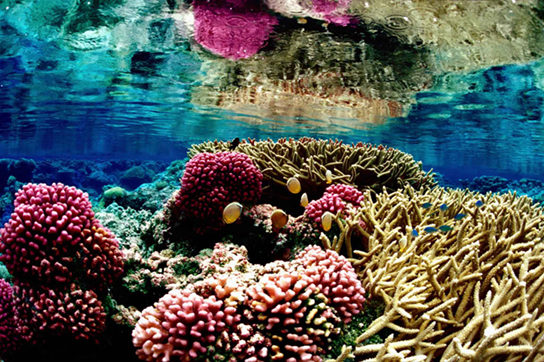| << Chapter < Page | Chapter >> Page > |

When the genetic change in one species causes a subsequent change in the genetic structure of another species, this is called coevolution. In a community, all the interacting species have the potential to influence one another, and in a sense they are all evolving together. However, coevolution can only describe genetic changes in interacting species if scientists can demonstrate that specific interactions result in reciprocal adaptations. For example, a species of plant may rely solely on one species of insect for pollination and that one species of insect may only consume nectar from that one flower. Many of the above examples of species interactions do not fit the strict definition of coevolution, but one can not argue that these species are evolving in response to one another and their environment.
Communities are complex entities that can be characterized by their structure (the types and numbers of species present) and dynamics (how communities change over time). Understanding community structure and dynamics enables community ecologists to manage ecosystems more effectively.
Foundation species are considered the “base” or “bedrock” of a community, having the greatest influence on its overall structure. They are usually the primary producers: organisms that bring most of the energy into the community. Kelp, brown algae, is a foundation species, forming the basis of the kelp forests off the coast of California.
Foundation species may physically modify the environment to produce and maintain habitats that benefit the other organisms that use them. An example is the photosynthetic corals of the coral reef ( [link] ). Corals themselves are not photosynthetic, but harbor symbionts within their body tissues (dinoflagellates called zooxanthellae) that perform photosynthesis; this is another example of a mutualism. The exoskeletons of living and dead coral make up most of the reef structure, which protects many other species from waves and ocean currents.

A keystone species is one whose presence is key to maintaining biodiversity within an ecosystem and to upholding an ecological community’s structure. The intertidal sea star, Pisaster ochraceus , of the northwestern United States is a keystone species ( [link] ). Studies have shown that when this organism is removed from communities, populations of their natural prey (mussels) increase, completely altering the species composition and reducing biodiversity. Another keystone species is the banded tetra, a fish in tropical streams, which supplies nearly all of the phosphorus, a necessary inorganic nutrient, to the rest of the community. If these fish were to become extinct, the community would be greatly affected.

Notification Switch
Would you like to follow the 'Bi 101 for lbcc ilearn campus' conversation and receive update notifications?